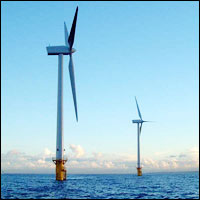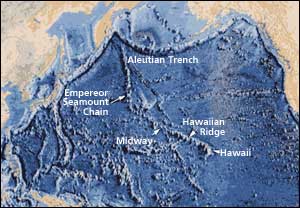High-level delegates from 30 countries and 22 international organisations agreed at the Earth Observation Summit held last Thursday in Washington to improve cooperation on Earth observation and to remove barriers to the exchange of information between countries and organisations.
ESA already carries out its Earth observation programmes in cooperation with other agencies or countries through mechanisms such as CEOS, the Committee of Earth Observation Satellites and IGOS-P, the Integrated Glo
How did life begin? What chemical combination launched the first organism with self-contained metabolism? And then what happened? Researchers in Robert H. White’s group at Virginia Tech are tracing the family tree of life on earth by tracing the biochemical mechanisms within the cell – specifically those that are used in the formation of peptide bonds.
The building blocks of enzymatic and functional structures in living organisms are proteins created by linking amino acids into pepti
Which design principles unify the diversity of life on earth? To understand how biological designs emerged by natural selection, biomechanics studies organisms by applying engineering science and mechanics. Biomechanics studies life from molecules to ecosystems. Questions range ‘how do cells form tissue’, over ‘what shapes a muscle’ to ‘how do animals fly’ and ‘which mechanical constraints govern body shape and -dynamics when animals increase in size’. Biomechanics is applied not only to extant b

How can we more effectively harness the free and endless energy resources of the Sun, wind and water? One answer is orbiting above us.
Satellites provide us with a wide variety of data that can help with many aspects of the building and management of renewable energy plants. ESA recently held a workshop at its Frascati-based centre in Italy, attended by representatives of the Earth Observation (EO) service industry together with renewable energy companies and utilities to explore how
At over three thousand metres down in the north-west Indian Ocean, the Carlsberg Ridge is “probably the best ridge in the world”. So say excited scientists from Southampton Oceanography Centre who have just found the first evidence of hydrothermal activity in this previously unexplored area of a volcanic mid-ocean ridge.
The team aboard the research ship RRS Charles Darwin made the discovery on Wednesday 23 July 2003 when they detected a huge plume of smoky water. The plume is at lea

Geologists have long assumed that the Hawaiian Islands owe their existence to a “hotspot” – stationary plumes of magma that rise from the Earth’s mantle to form Mauna Loa, Kilauea and Hawaii’s other massive volcanoes. But a new study posted on the online version of the journal Science disputes that long-standing paradigm by concluding that the fixed hotspot in the Pacific was not stationary after all.
“Our research suggests that the Hawaiian hotspot actually drifted southwa